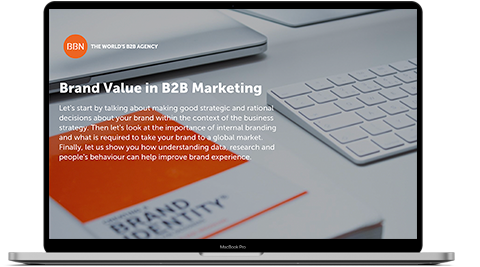Prospect and customer connection is where marketing and communication tyres hit the road. Connection in all forms and formats, social to business, has been suspended in a surreal state for more than a year. Face-to-face meetings, trade shows and networking sessions – the most critical tools for customer connections and engagements – are obsolete for the foreseeable future. We are in an uncharted territory of ‘Omni-digital’ now. The pandemic hasn’t introduced the digital transformation of communication channels for B2B marketers but expedited the process.
It will take a long time to go back to normal if that is at all possible. Meanwhile, the digital connection channels will spread their wings beyond webinars and newsletters and try to find a sustainable form. This will widen the gap between the winners and losers in B2B marketing – as the checklist-based, activity-driven marketing will not only become obsolete, but impossible. If we look at the complete buying cycle of a B2B procurement, as presented by Gartner – it can be divided into six specific jobs to be done. The trigger can be initiated by aspirational reasons or regulatory changes, or a macroeconomic impact, like the situation we are facing today.
Then each prospect needs to go through four different stages – problem identification, solution exploration, requirements building, and supplier selection. Throughout each stage, they need to validate their assumptions, fine-tune the requirements and, most importantly, create consensus. Although it looks straightforward, the actual process is more iterative and nuanced.
That is especially the case now – when most companies are following a rule-of-thumb ‘wait and see’. Looping back, taking a step forward followed by three steps backwards is a common scenario. That’s the reason the old workflow of handing over the lead from marketing to sales – after nurturing them to become sales qualified leads – is no longer feasible. In the new regular, marketing and sales can’t rely on a linear sequential process – it should be a parallel process.
To say that is easy is an understatement. The reality is riddled with departmental silos and organisational politics – but we need to break down the wall between the two departments to survive. There is no other choice.








